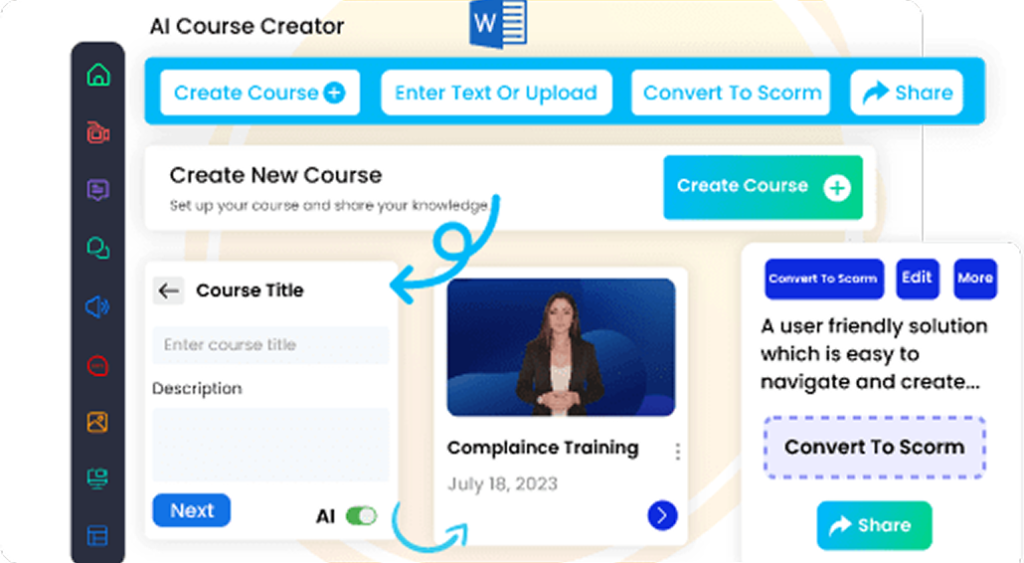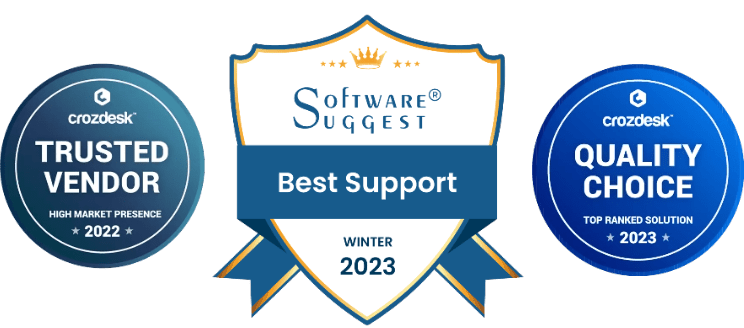What is Microlearning?
Microlearning refers to delivering learning content in small, manageable chunks. This learning format is ideal for quick knowledge absorption and retention. In this article, we will explore the best practices for designing a microlearning experience that maximizes its impact and engagement.
Best Practices for Designing a Microlearning Experience
To design an effective microlearning experience, you need to focus on a few key aspects that ensure content delivery is efficient and engaging for learners.
1. Focus on Specific Learning Objectives
Each microlearning module should be designed to achieve a clear, focused learning objective. This helps learners understand the goal of the content and stay on track with their learning journey.
When creating microlearning content, it’s important to narrow the focus down to one concept per module. This targeted approach ensures that learners can absorb and retain the information more effectively.
2. Keep the Content Bite-Sized
One of the most important aspects of microlearning is content brevity. Aim for modules that take no longer than 5 to 10 minutes to complete. This short duration helps learners engage with the material without feeling overwhelmed.
To achieve this, break down complex topics into smaller, digestible pieces. Use concise language, visuals, and interactive elements to keep learners focused on the core message.
3. Use Interactive Elements
Microlearning modules are more effective when they incorporate interactive elements. Interactive quizzes, drag-and-drop exercises, and decision-making scenarios engage learners actively and promote better retention.
By adding interactive content, you encourage learners to apply the knowledge immediately, which helps reinforce the learning experience.
4. Leverage Mobile Accessibility
Microlearning is particularly effective when designed for mobile devices. Learners can access content on the go, making it easier to fit learning into their busy schedules.
Ensure that your microlearning modules are mobile-responsive, meaning they adjust automatically to different screen sizes and offer a smooth user experience.
5. Provide Immediate Feedback
Providing feedback right after learners complete an activity or assessment helps reinforce the learning process. It allows learners to understand what they did well and where they need improvement.
Immediate feedback increases learner engagement and boosts their confidence, which is key to maintaining motivation throughout the learning journey.
Conclusion: Implementing Best Practices for Microlearning
By following these microlearning best practices, you can create learning experiences that are not only engaging but also effective in helping employees retain knowledge and improve their skills. Whether you are designing for corporate training, onboarding, or skill development, microlearning provides a powerful and scalable solution.
Start implementing these practices today and create a dynamic learning environment that drives results!























